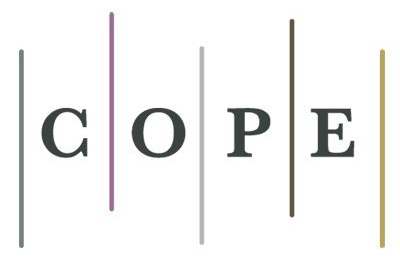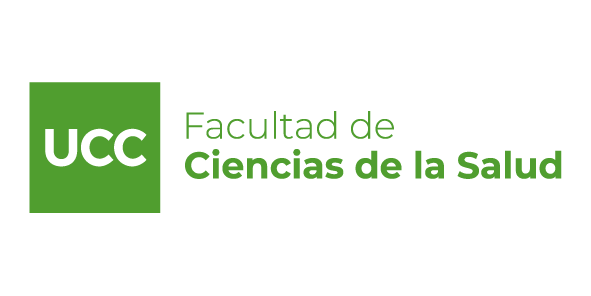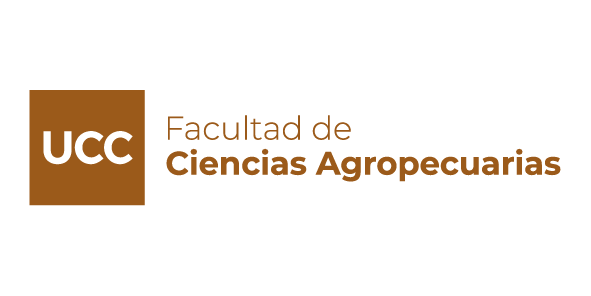Frequency and causes of hospital readmissions of adult patients admitted
DOI:
https://doi.org/10.22529/me.2023.8(1)04Keywords:
Hospital readmissions, readmissions, Hospital readmissionAbstract
INTRODUCTION: Hospital readmission is considered as that scheduled or urgent admission that occurs
after the patient's discharge within a specified period of time and for a reason or not related to the diagnosis
of their first admission. Readmission can be viewed as an undesirable outcome from cost, quality, and
patient-centered care perspectives; therefore, its study allows a good opportunity for improvement. For
OMS, reducing hospital readmission rates is a top priority. The proportion of unscheduled readmissions of
less than 30 days after discharge is a quality indicator of the efficiency of hospital care, while readmissions
beyond these days are associated with factors related to the disease and the patient.
OBJECTIVE: Identify the frequency and causes of hospital readmissions of adult patients at the Reina
Fabiola University Clinic.
MATERIAL AND METHODS: Patients of both sexes, older than 16 years, admitted in Clínica
Universitaria Reina Fabiola, from January 2019 to June 2020, with at least one readmission after 96 hours
after discharge were included. As exclusion criteria, programmed readmissions were taken into account,
those for traumatic or accidentological emergencies, hospitalizations or readmissions for gynecologicalobstetric causes. Study variables: readmissions measured in hours; sex and age; discharge diagnosis at index
admission (International Classification of Diseases, 10th revision - CIE 10), type of discharge (medical or
surgical), relationship between diagnosis of index admission and readmission; avoidable or not causes of
readmission. The results were presented with descriptive statistics; N (%) for categorical variables and
measures of position and dispersion for discrete variables.
RESULTS: A total of 12,798 hospital admissions were recorded. The median (P25-75) age was 40 (34-59)
years with a range of 16 to 99 years. Regarding the distribution by sex, 8584 (67%) female patients and
4214 (33%) patients were male. Of the total admissions, 78 patients were readmitted; which is equivalent
to a frequency of 0.6%. The median (P25-75) age was 57.5 (40-68) years; with a range of 16 - 90 years.
Regarding the distribution by sex, 44 (56.4%) patients were male and 34 (43.6%) female patients. Fiftyfive (70.5%) patients presented a relationship with the initial reason for admission. Of the total
readmissions, 59 (75%) patients were readmitted for non-avoidable causes and 19 (24.4%) patients did so
with preventable causes. The four causes that grouped the highest percentage of readmissions were:
recurrence or progression of the clinically unavoidable process (37%), nosocomial infection (15%), process
not related to previous episodes (13%) and non-compliance with therapeutic indications attributable to the
patient (10 %). Taking into account the CIE 10 classification of diseases, within category XVIII the highest
proportion of readmissions was grouped N = 25 (32%), but largely due to non-avoidable causes N = 24
(31%), in relation to pathology oncological. Within category XIX, the highest amount of admissions
produced by preventable causes was found N = 15 (19%), these in greater relation to surgical complications.
Of the readmissions, in 41 (52.6%) patients it was after discharge in charge of medical specialties and in
37 (47.4%) patients corresponding to surgical specialties.
CONCLUSIONS: In this study, the highest proportion of readmissions were for non-avoidable causes,
related to recurrence or progression of a clinically unavoidable process. We can consider the readmission
study as a marker of institutional quality. Knowing the causes of readmissions, especially the avoidable
ones, allows correcting these situations, both for the benefit of patients and to reduce health costs. The
periodic collection of these data should be considered to assess trends in this quality indicator in our
institution.
Published
How to Cite
Issue
Section
License
Copyright (c) 2023 Methodo Investigación Aplicada a las Ciencias Biológicas

This work is licensed under a Creative Commons Attribution-NonCommercial-ShareAlike 4.0 International License.




















